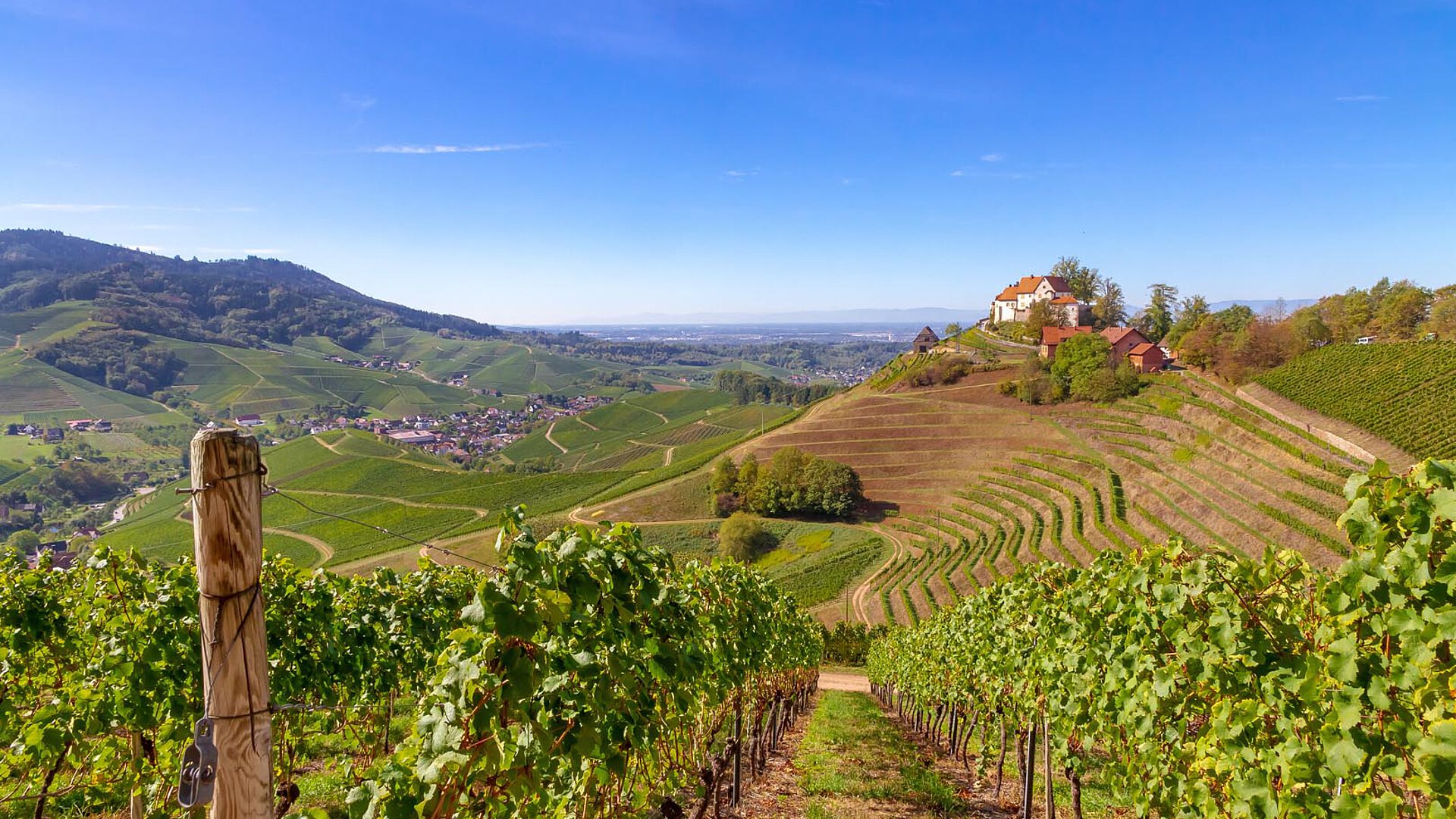Farmtravel glossary
All the Agritourism terms you need to know.
G
Granary
- Kategorie:
- G
What is a Granary and How Does it Store Grain?
Purpose-built structures for grain storage, incorporating advanced preservation techniques developed through centuries of agricultural experience. These essential buildings demonstrate traditional storage methods and natural preservation techniques, often remaining relevant in modern farming.
Building Features
Core elements include:
- Raised Foundation: Moisture prevention
- Ventilation System: Air circulation
- Storage Bins: Grain separation
- Loading Points: Access design
- Pest Barriers: Protection measures
Traditional Design
Key aspects:
Structural Elements
- Wall Construction: Weather protection
- Floor Design: Weight distribution
- Roof Structure: Rain management
- Door Systems: Access control
- Window Planning: Light regulation
Storage Methods
Preservation techniques:
- Grain Rotation: Stock management
- Air Flow: Moisture control
- Temperature Monitor: Heat regulation
- Pest Prevention: Natural methods
- Quality Control: Regular checks
Functional Zones
Space organization:
- Reception Area: Intake processing
- Storage Sections: Grain sorting
- Working Space: Processing area
- Tool Storage: Equipment keeping
- Access Routes: Movement paths
Contemporary Use
Modern applications:
- Active Storage: Current farming
- Heritage Site: Historical value
- Educational Center: Learning venue
- Museum Space: Cultural display
- Agricultural Archive: Knowledge preservation
Granaries exemplify agricultural innovation in their design and functionality. These buildings continue to inform modern storage practices while preserving traditional farming knowledge.

